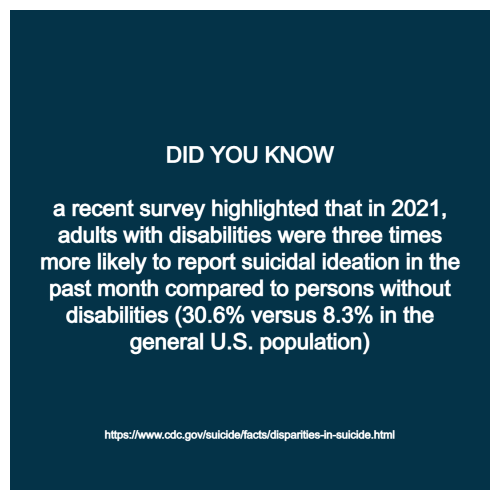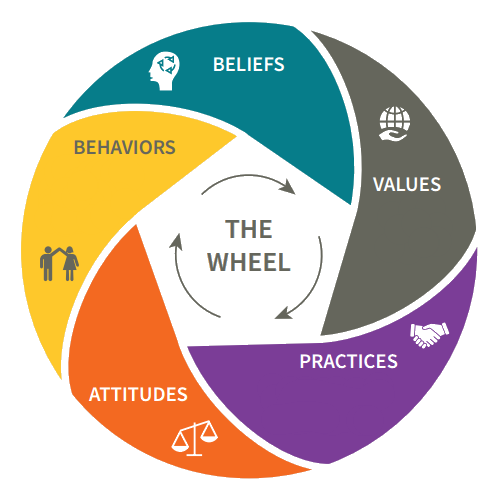
INDIVIDUAL FACTORS
Fifteen years ago, a U.S. Surgeon General’s Report on Mental Health - the first and only to date - identified stigma as a public health concern leading people to “avoid living, socializing or working with, renting to, or employing" individuals with disabilities and mental illness. Stigma involves prejudices about others based on disabilities, medical conditions or mental illness as being perceived as inferior, contagious or dangerous.
Stigma manifests in two ways. Public stigma
is the reaction the non-disabled population has to people with
disabilities and mental illness. Self-stigma is the prejudice people
with disabilities and mental illness turn against themselves

PRIMARY FACTORS
Depression is the leading cause of disability worldwide. People with depression have a 40% higher risk of metabolic and cardiovascular diseases than the general population. People with serious mental illness are twice as likely to develop these health conditions.
- 1 in 5
- 1 in 20 experience serious mental illness each year. (SAMHSA)
- In CO 44% of disabled adults have depression compared to 15% of non-disabled. (CDC)
- disabled adults
report mental distress almost 5X more than those without
- In CO 7% of disabled adults have heart disease versus 3% of non-disabled. (CDC)
Protecting physical health in people with mental illness (thelancet.com)

CONTRIBUTING FACTORS
An invisible disability
is a physical, mental or neurological condition not visible from the
outside, yet can limit one or more major life activities. CDC data
shows 27% of
- Poverty and depression are the two leading factors contributing to over 50% of suicides.
- Rural disability rate is 18.1% with the highest enrollments in government healthcare.
- Microopolitan disability rate is 15.9% with the next highest government healthcare.
- Urban disability
rates are 12.1% with the highest enrollment in private insurance.